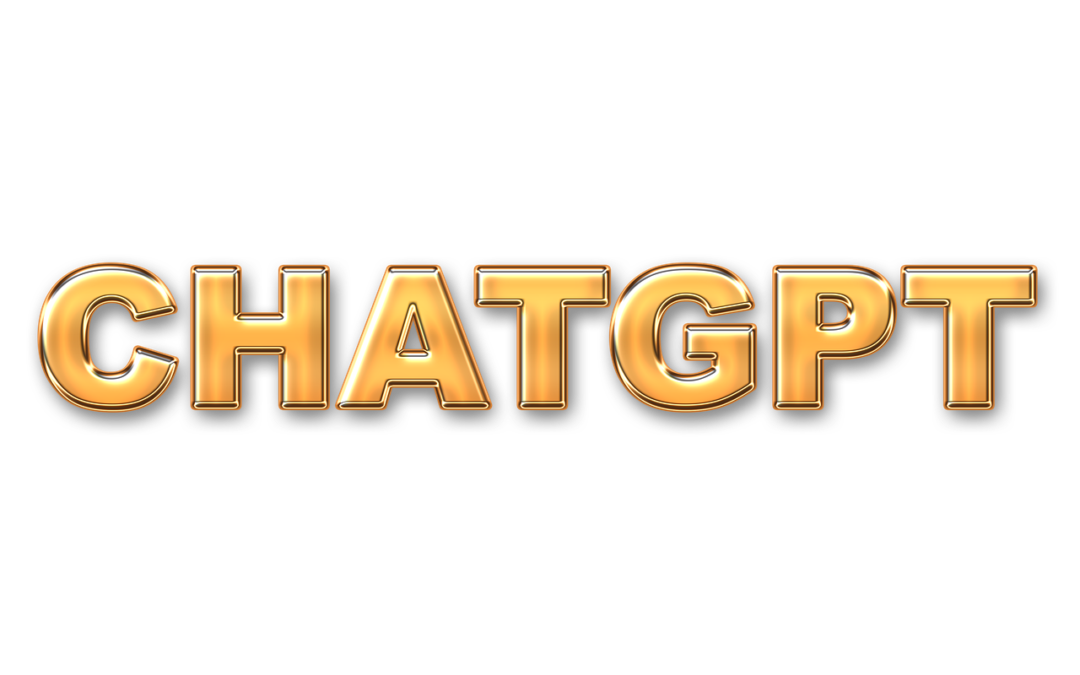ChatGPT is a language model developed by OpenAI, designed to understand and generate human-like text responses to a wide variety of prompts. It uses a type of artificial intelligence called deep learning, specifically a neural network architecture known as a transformer, to analyze large amounts of text data and learn to generate natural language responses that are coherent and contextually appropriate.
ChatGPT is capable of answering a diverse range of questions, engaging in casual conversation, and even producing creative writing, such as poetry or stories. It has been trained on a vast amount of data from the internet and can understand and generate text in multiple languages.
In short, ChatGPT is a cutting-edge technology that has the potential to revolutionize the way we interact with machines and access information.
How to Use It?
There are different ways to use ChatGPT depending on your specific needs and preferences. Here are a few general steps that can guide you in using ChatGPT:
Find a Platform: There are various platforms where you can access ChatGPT, such as OpenAI’s website, chatbots integrated into messaging apps like Facebook Messenger or WhatsApp, or voice assistants like Alexa or Google Assistant.
Choose a Prompt: Once you have accessed ChatGPT, you will need to provide a prompt, which is a sentence or question that will guide the model in generating a response. The prompt can be anything from a simple question to a more complex scenario that requires a detailed answer.
Wait for the Response: After you provide the prompt, ChatGPT will generate a response based on its analysis of the input. Depending on the platform and the complexity of the prompt, the response may take anywhere from a few seconds to several minutes.
Evaluate and Refine: Once you receive a response, evaluate its accuracy and relevance to your prompt. If necessary, refine the prompt and try again to get a more satisfactory response.
It is worth noting that while ChatGPT can produce human-like responses, it is still an artificial intelligence system and may not always provide accurate or reliable information. Therefore, it is important to use it critically and corroborate its responses with other sources if necessary.
Why Is It Considered a Disruptive Technology?
ChatGPT is considered a disruptive technology because it has the potential to fundamentally change the way we communicate and interact with machines. Here are some reasons why:
Enhanced Language Understanding: ChatGPT’s ability to understand and generate human-like text responses is a significant breakthrough in natural language processing. This technology has the potential to replace traditional chatbots and customer service representatives, as it can provide more personalized and accurate responses to customers.
Improved Accessibility: ChatGPT can also improve accessibility by providing instant responses to questions and reducing the need for human intervention. This technology can benefit individuals with disabilities, people in remote areas with limited access to services, and those who prefer to communicate via text rather than voice.
Increased Efficiency: By automating certain tasks, ChatGPT can increase efficiency and reduce costs for businesses. For example, it can assist with customer service inquiries, generate product descriptions and reviews, and even provide writing assistance for authors.
Potential for Innovation: ChatGPT’s ability to generate creative writing and engage in imaginative conversation can potentially lead to new forms of art, entertainment, and education.
Overall, ChatGPT’s advanced language processing capabilities have the potential to disrupt various industries and pave the way for more sophisticated and efficient communication technologies.
Importance of ChatGPT in Digital Marketing
ChatGPT can be important in digital marketing in several ways:
Improved Customer Engagement: ChatGPT can be used to create conversational interfaces for websites and social media channels. By providing instant and personalized responses to customer inquiries and feedback, ChatGPT can improve customer engagement and satisfaction.
Enhanced Lead Generation: ChatGPT can be used to qualify leads by asking targeted questions and providing relevant information about products and services. This can help businesses identify high-quality leads and improve their conversion rates.
Streamlined Customer Service: ChatGPT can be used to automate routine customer service tasks, such as answering frequently asked questions and handling complaints. This can save time and resources for businesses and improve the overall customer experience.
Personalized Content Creation: ChatGPT can assist with content creation by generating ideas and providing writing assistance. This can help businesses create more personalized and engaging content for their target audience.
Improved Data Analysis: ChatGPT can be used to analyze customer feedback and social media conversations to identify trends and insights that can inform marketing strategies.
Overall, ChatGPT can be a powerful tool in digital marketing, helping businesses improve customer engagement, lead generation, customer service, content creation, and data analysis. By leveraging the advanced language processing capabilities of ChatGPT, businesses can create more personalized and effective marketing campaigns that resonate with their target audience.

